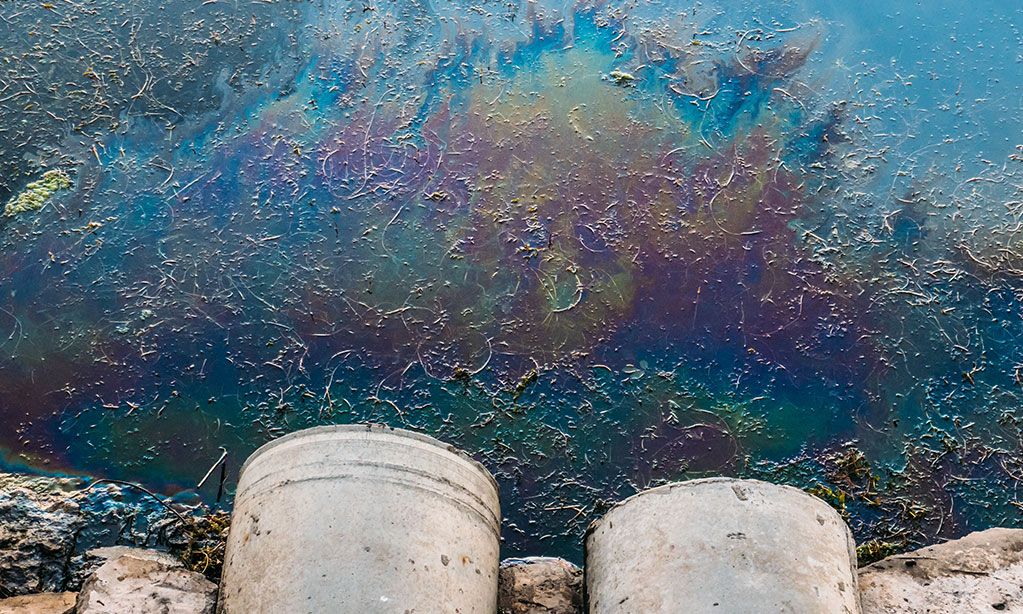
RECENT POSTS

Stormwater 40 CFR 122
The Clean Water Act (CWA) establishes the framework for preventing water pollution in the United States. One of the principal ways that water pollution is managed is the National Pollutant Discharge Elimination System (NPDES) Permitting Program. The NPDES program requires industries, agriculture, municipalities and construction entities to eliminate or tightly control the discharge of pollutants into Waters of the United States (WOTUS).
Applicability
The NPDES Program targets point source discharges of pollutants. Point sources include pipes, ditches, channels, tunnels or any other means used to carry stormwater and process or non-process wastewater from a defined area. Common entities that are subject to NPDES permitting include:
-
Municipal Publicly Owned Treatment Works (POTWs)
-
Industrial and Commercial Facilities
-
Utilities
-
Construction
-
Concentrated Animal Feeding Operations (CAFOs)
-
Concentrated Aquatic Animal Production (CAAP)
-
Agriculture
Pollutants are broadly defined and include dirt, silt and solids; nutrients; chemicals; oils and grease, heavy metals and temperature.
NPDES Permitting
The NPDES Permitting Program allows entities to discharge very small amounts of pollutants into waterways. The NPDES permitting program is administered at the state level in all but four states (Idaho, Massachusetts, New Hampshire and New Mexico.) Permits can be either general (applicable to many entities) or individual (specific to one location.)
Permits are valid for no more than five years and outline the pretreatment requirements, effluent limitations, inspection frequencies and reporting obligations for the facility.
Obtaining a NPDES Permit
To obtain a general permit, a Notice of Intent (NOI) must be filed. Most states have a standard form for NOIs. Entities must also submit a Stormwater Pollution Prevention Plan (SWPPP) that outlines be Best Management Practices (BMPs) that the site will use to prevent or control pollutant discharges into US waters.
Best Management Practices are based upon risk assessments and are specific to facility operations. Best Management Practices include good housekeeping measures, promptly responding to leaks and spills, providing secondary containment, being prepared for emergency situations, recycling, properly disposing of waste materials and training.
Subscribe for Updates:
Sign up here to get the latest news, rules, and regulations and delivered right to your inbox.